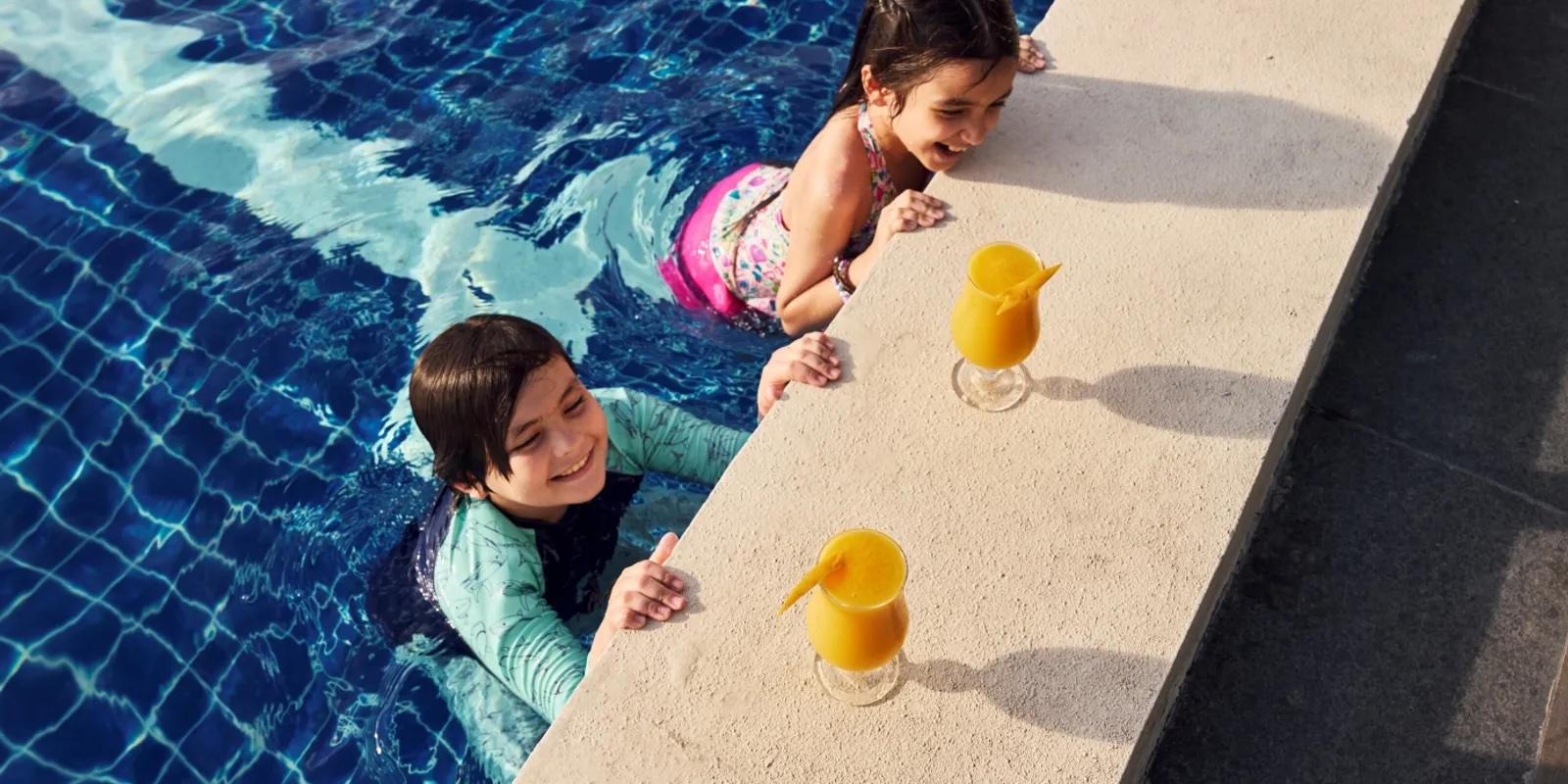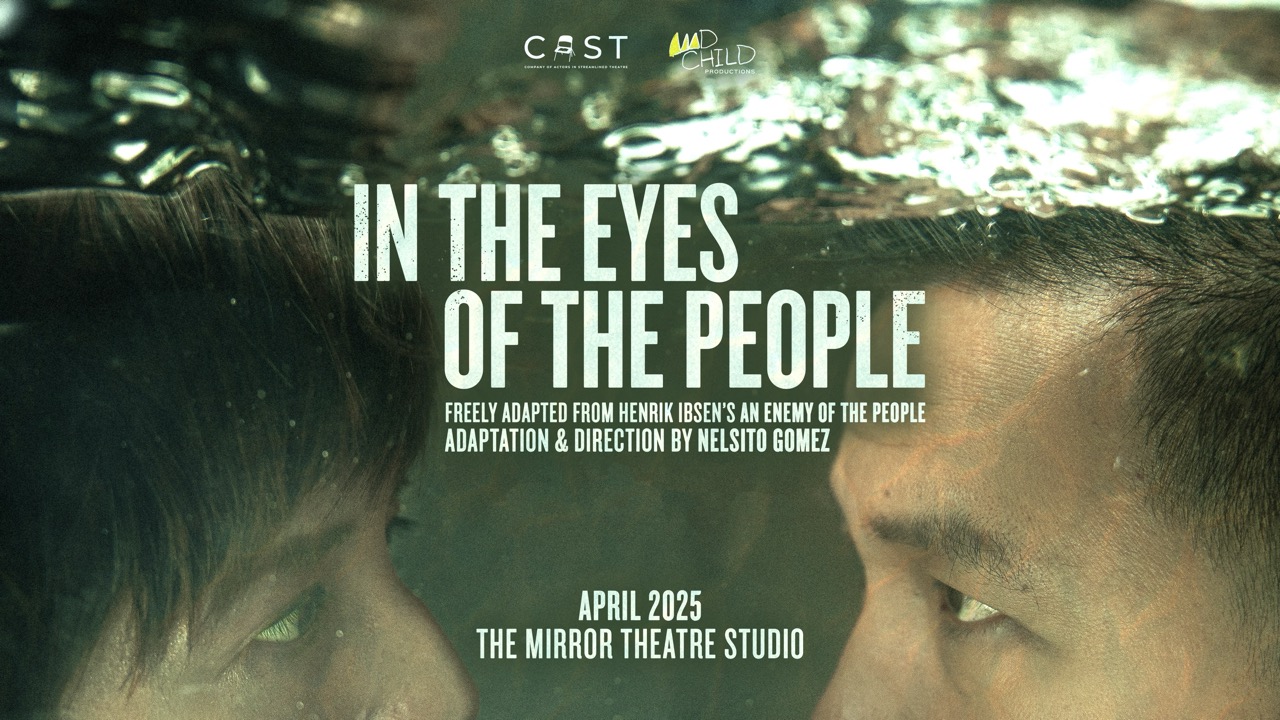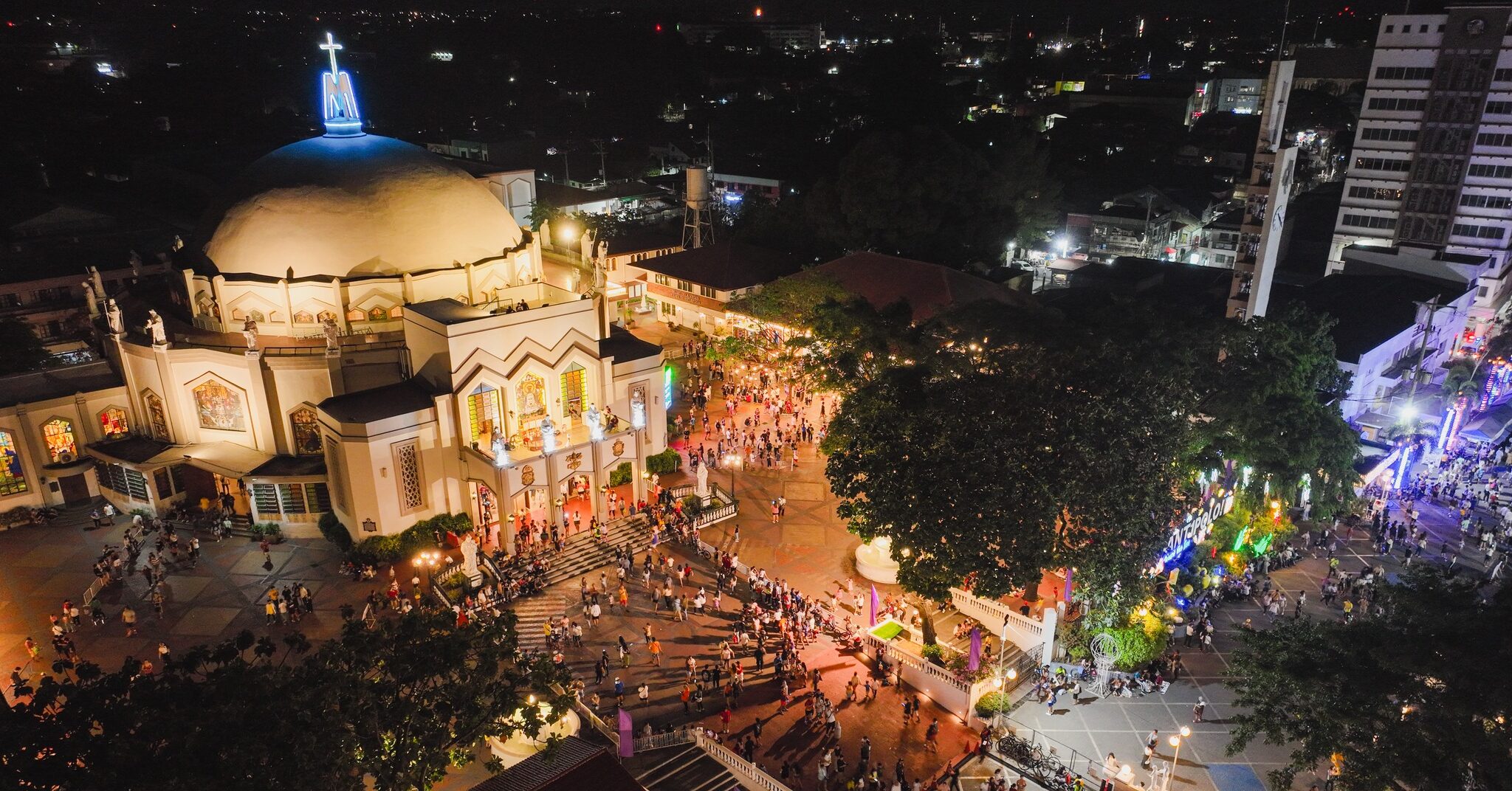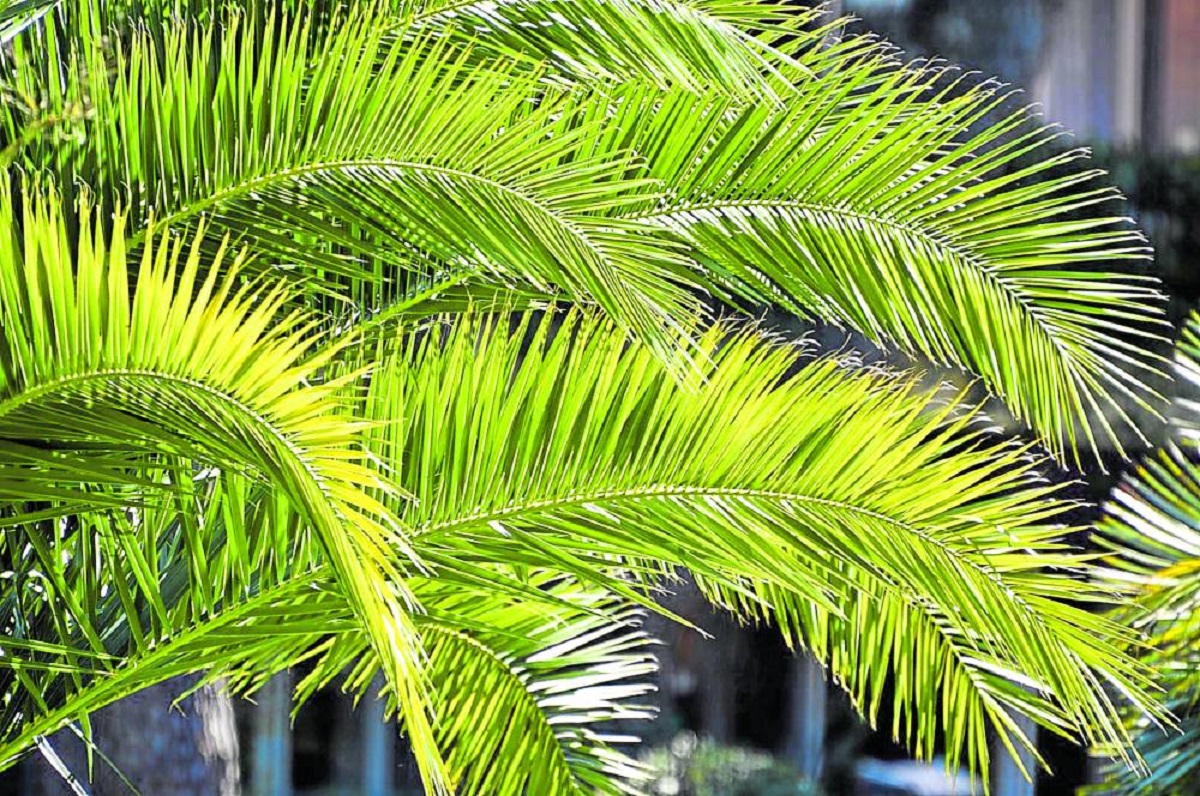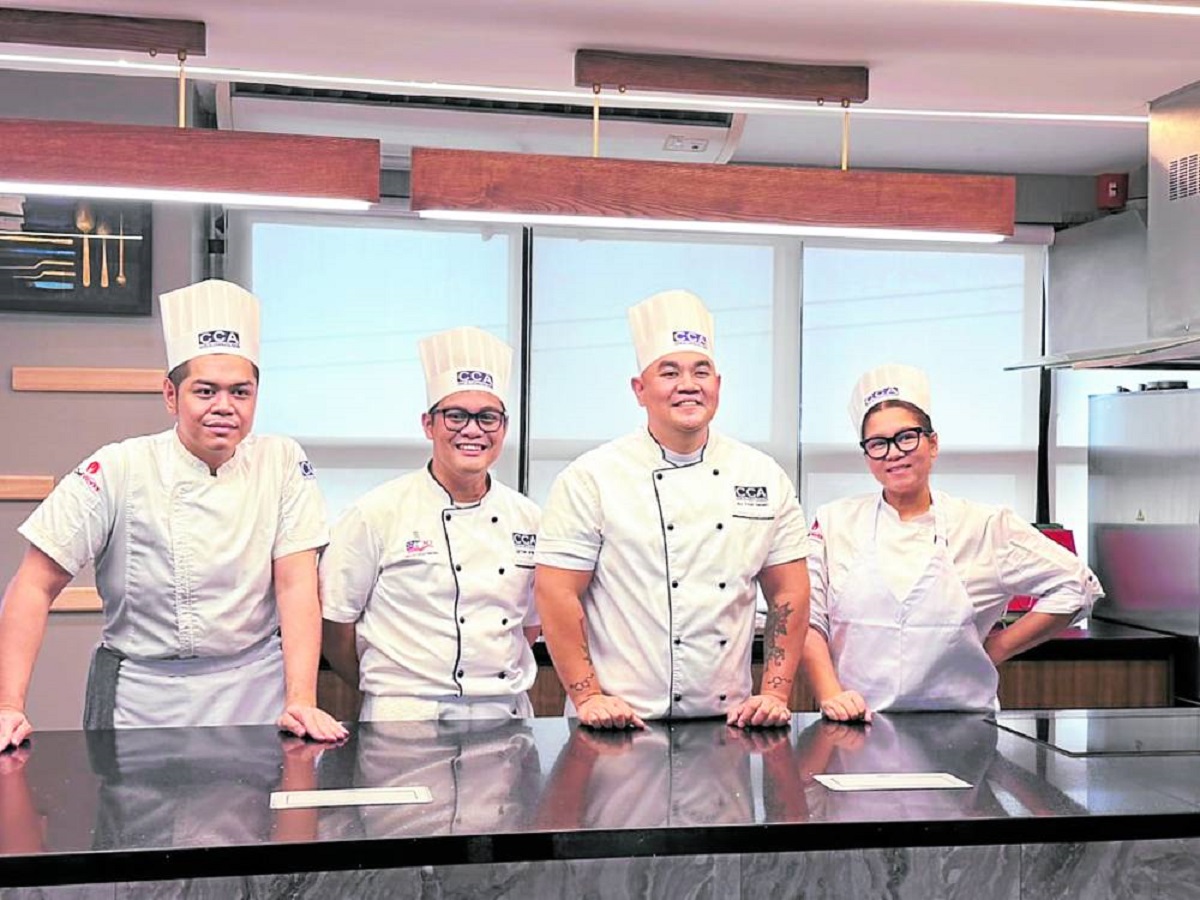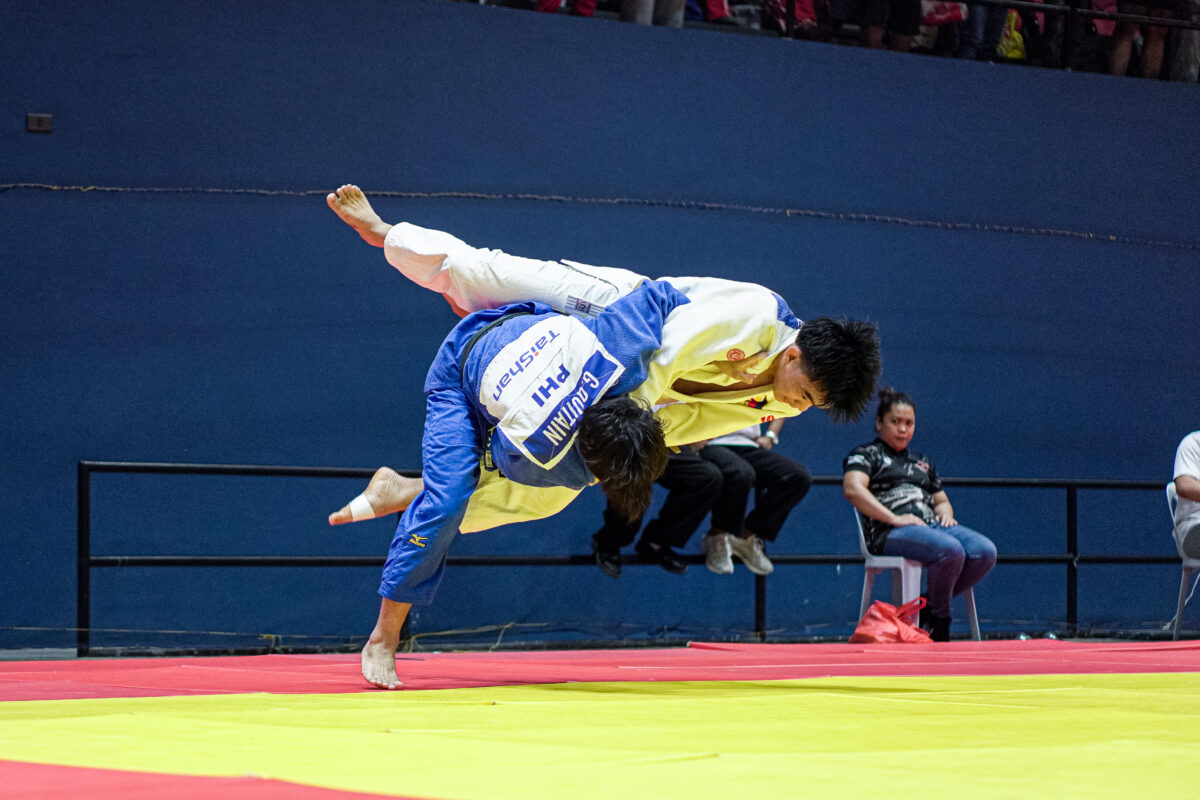WE ARE mountainous,” says Maragondon tourism officer Ronald Unas of his remote Cavite town, “so visitors come here for nature-tripping.
“The bigger portion of Pico de Loro is here. Its more popular side is in Batangas, but here the way up is steeper, so it’s more challenging for mountain climbers.”
They are planning to have leisure parks, zip lines, water activities, a cruise along Maragondon River.
“We don’t have much to offer,” says Unas.
That is, aside from selling history: The political conflict of Emilio Aguinaldo and Andrés Bonifacio reached its climax here. As is typical of a Cavite town, its historical landmarks have become major tourist attractions.
A permanent record of history can be found in General Trias town, at the GBR Museum in Gateway Business Park, the 174-hectare industrial estate of tycoon Geronimo Berenguer de los Reyes Jr.
The museum houses in five pavilions over 3,000 vintage photographs and prints of 19th- and 20th-century Philippines; old paintings, antiquarian maps; scale models of early airplanes and spacecraft; imperial glass pieces from China.
It is an extensive collection, tracing our history from the Spanish period through the American and Japanese occupations to the space age, including the martial law years and People Power.
Particularly interesting is Pavilion A: 1860-1900, containing rare items from British photographer Albert Honiss and Spanish war correspondent Manuel Arias Rodriguez, recording the Philippine Revolution and the Filipino-American War.
The latter’s photographs are an eye-opener as, with “uncanny exactitude,” they chronicle the Spanish side of events and “illuminate the final days of empire and the epic of a people determined to be free.”
Fronting the museum is a granite memorial of the Cavite Mutiny of 1872, engraved with the names of the 154 Filipinos involved in that turning point in our history.
International attention
One museum that attracts international attention is the Puzzle Mansion in Tagaytay, a looming structure on a sloping lot of over a hectare amid wildflowers and grass, trees, pineapple plantation.
In its hall are displayed over 1,300 jigsaw puzzles, proclaimed in 2012 by the Guinness World Records as the biggest collection of jigsaw puzzles in the world. This is the handiwork of Georgina Gil-Lacuna.
It was her hobby after office—doing puzzles while watching news on TV, says son Gino Orda, who’s running the place.
Lacuna was already 35 when she started with a Mickey Mouse puzzle she bought in Hong Kong, since Disney characters were a favorite of the then 2-year-old Gino. She thought she had bought a puzzle of 500 pieces but was shocked on opening the box to find there were 5,000 pieces. She promised her son to finish it before his birthday, though.
Each item finished was fixed with a special glue, varnished over, then framed. Many became handy gifts for friends and relatives.
The most grueling to do, says Orda, was the 10,000-piece copy of Diego Velázquez’s “Las Hilanderas,” on which her mother spent 300 hours over seven months, because it is mostly in black, and pieces in solid colors are the hardest to fit.
“My favorite is, of course, ’yung ginawa n’ya for me,” says Orda. “She retired early, so she had time to do puzzles. Mahilig siya mag-travel. She bought puzzles or ordered them from abroad. Since I’m an only child, pinasa sa akin ang business.”
He now handles the family company, which is into real estate and the manufacture of maternity dresses.
For about 30 years, his mother was preoccupied with doing puzzles. Her bedroom was designed and the furniture rearranged for her hobby. She had a big table with a plywood board on which the jigsaw pieces were laid—“paikot-ikot siya d’yan.”
Museum-inn
The idea of a museum came in 2011, as the collection was growing and they had a problem where to put it. When they checked on the Internet, they found out the biggest collector of jigsaw puzzles in the world was a Brazilian woman, with over 230 items.
“But Mom at that time already had over 800 puzzles,” says Orda. “She told me: ‘Huwag muna natin siyang talunin. Let’s make it at least 1,000, para amazing ang number.’”
By the time she was proclaimed by Guinness, she already had 1,020 puzzles finished. Guinness officials were more amazed to learn only one person did it.
She didn’t rest on her laurels. The last puzzle she finished, in six months, is composed of 32,000 pieces.
She died from cardiac arrest at 62 last year.
The biggest items are displayed along the terrace on the second level, where a souvenir shop sells jigsaw puzzles of various sizes, genres and artforms.
Here is a puzzle station where guests can do it on a table. Orda’s tip: Sort out the colors first, then get all the sides fitted so you can estimate the size of the frame.
Here also is a lounging area where one can relish Tagaytay’s moderate climate while having steaming native coffee and freshly baked coconut cream pie.
The mansion has been turned into a bed-and-breakfast, with four family rooms and five deluxe rooms, a 400-person-capacity function hall and an infinity pool.
Odds and ends
Another mind-boggling museum is Yoki’s Treasure, a mammoth collection of odds and ends in a cavernous structure in Mendez town. It is the lifetime accumulation of the late businessman Wilson Ong.
The wild assortment of collectibles includes sacred objects of various religions; fiberglass and ceramic pieces; rotary telephones, antique typewriters, computer prototypes; items ranging from Manny
Pacquiao’s boxing gloves to Efren “Bata” Reyes’ billiard table, to recycled costumes of a Miss Gay beauty pageant. All bases are covered.
The 2,000-square-meter warehouse stands behind a huge Buddha of fiberglass at Yoki’s Farm, which Ong established in the 1990s.
The farm started its hydroponics method in 2004 and is now the province’s showcase of that alternative farming system of growing plants without soil, using only mineral-nutrient solutions in water.
It has since grown into a corporation and the largest hydroponics production in the area, supplying fresh produce to local restaurants, with outlets in Imus, Dasmariñas, and Mahogany Market in Tagaytay.
One hectare is devoted to the cultivation of several varieties of orchids. The hydroponics area is 1.5 hectares.
Organic farming
Rowed in several greenhouses are lettuce (Romaine, Green Ice, Lollo Rosso), kale, broccoli, cauliflower, cucumber, cherry tomato, bell pepper, French beans.
Little pots and shallow boxes of soil thrive with scented herbage: coriander, mint, basil, tarragon, dill, chives, Italian oregano.
Harvest time is before 11 a.m. and after 4 p.m., all year round.
With lettuce, “pinakamaganda from December to March,” says manager Loren Co, who’s been with the farm for 15 years.
They tried growing strawberry but for some reason the fruit came out sourish.
There seems to be a rash of organic farming in the area, obviously targeting the tourist market. Tagaytay’s restaurants are supplied by these farms: fruits and vegetables from Silang and Mendez; coffee and cacao from Amadeo and Alfonso.
If anything, it hints at the cosmopolitanism the province has attained. Mendez is known as “taniman ng kape at langka”—but look at it now. Imagine planting on the backyard your sitaw, bataw, patani side by side with parsley, sage, rosemary and thyme.

